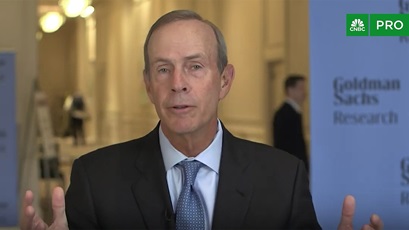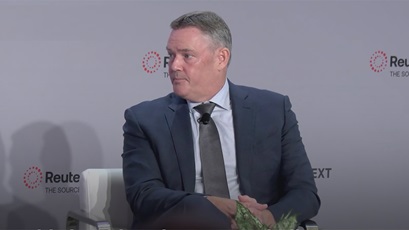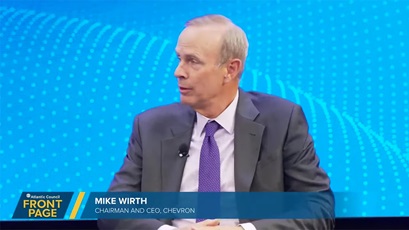emissions solutions
explainer: where does methane come from, and how do we manage it?
2 min read | june 02, 2023
what is methane?
Methane is a naturally occurring substance found underground and beneath the ocean floor.
As the main component of natural gas, methane is used as a fuel source by people around the world, for things like generating electricity, powering industries, heating homes and cooking food.
what’s the big deal?
When emitted directly into the atmosphere, methane accounts for 11% of human-made U.S. greenhouse gas emissions and 16% worldwide.
By understanding how to manage methane emissions, we can work toward reducing them from our oil and gas production and transportation operations.
go deeper
In oil and gas production and transportation, methane may be emitted as natural gas travels from the well to consumers, through:
- valves, hatches, gaskets and connection points
- compressors and tanks
- flaring
- transportation
tell me more
Chevron is taking action to be a global leader in methane emissions performance. Our strategy is simple—keep methane in the pipe. We are working on several fronts to manage it:
- We have made a global commitment to design, where possible, all new upstream facilities without routine methane emissions.
- We are deploying technologies to validate performance, inform repairs and improve inventories.
- We endorsed the World Bank’s Zero Routine Flaring by 2030 initiative, which brings together governments, oil companies and development institutions to work together in eliminating routine flaring by 2030.
our progress
At Chevron, we apply innovative technologies and practices to prevent emissions by finding and fixing potential leaks. Our upstream methane intensity target would reduce our 2016 baseline methane intensity by at least 53% by 2028.
- We are centralizing our facilities in the Permian Basin to minimize emissions and are retooling infrastructure in Colorado’s DJ Basin to reduce surface footprint and reduce emissions.
- We’re expanding our methane detection capabilities through flyovers, satellites and drones.
- In 2022, an independent climate tech and environmental assessment company rated Chevron as one of the most responsible Permian and DJ Basin operators than the U.S. sector average, based on data from the U.S. EPA Greenhouse Gas Reporting Program.
We believe further reductions are possible in the industry through innovative partnerships, best practices shared across the industry and well-designed regulation.
Learn more about our efforts in Chevron’s methane report.
topics covered
related content
-

 chevron CEO discusses the future of energy
chevron CEO discusses the future of energyemissions solutionsjanuary 20, 2025
-

 novel ideas, established companies key to advancing lower carbon tech
novel ideas, established companies key to advancing lower carbon techemissions solutionsjanuary 14, 2025
-

 chevron CEO talks growing production, efficient spending
chevron CEO talks growing production, efficient spendingemissions solutionsdecember 18, 2024
-

 1st US hydrogen-powered passenger ferry open for business
1st US hydrogen-powered passenger ferry open for businessalternative fuelsaugust 23, 2024
chevron email updates
Subscribe to our newsletter to receive news and updates.



